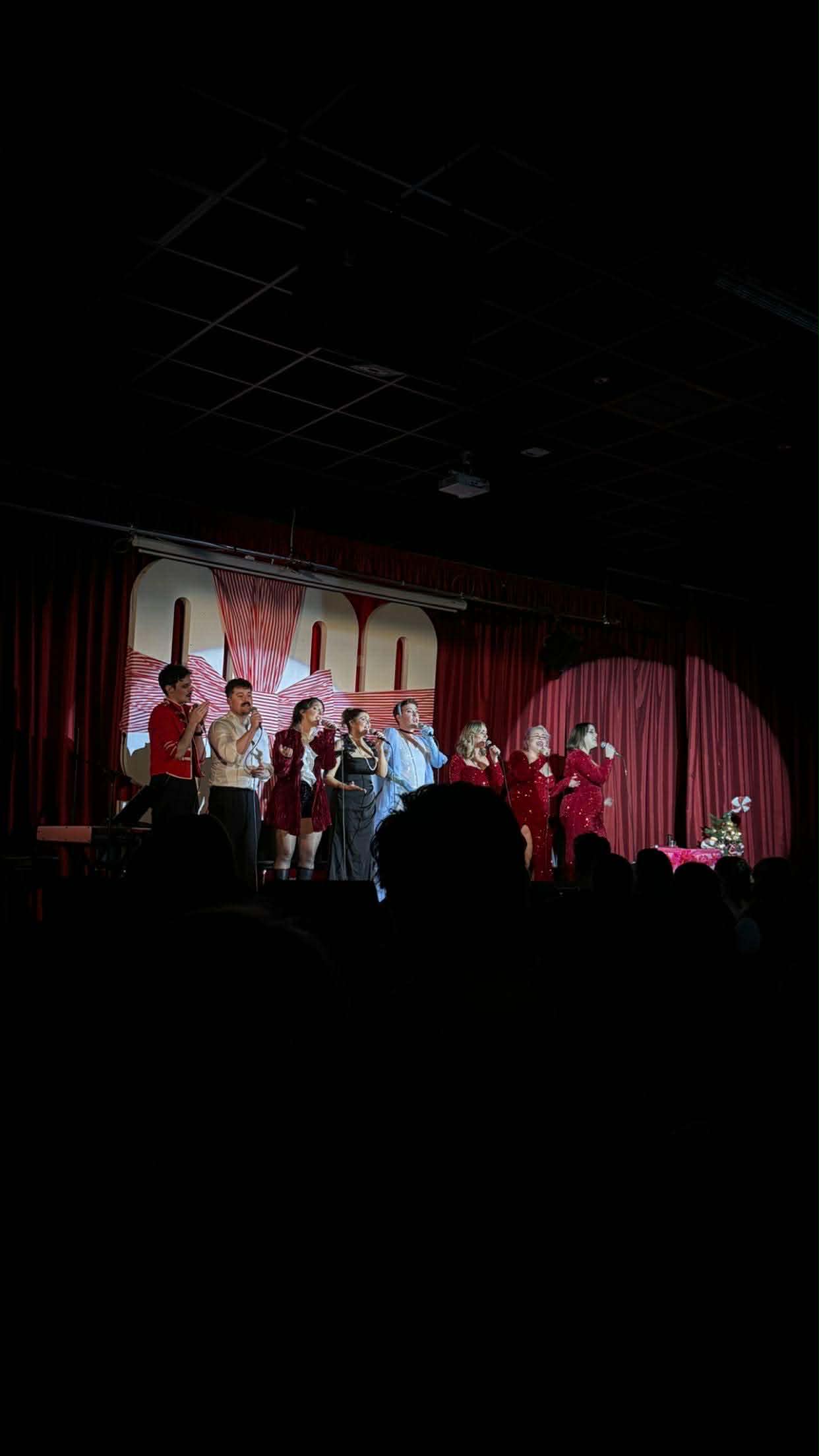Photo by Steve Allison on Unsplash
Words by Sasha Nugara
Gay bars have always served as a central pillar to the LGBTQ+ community and have always taken their place as one of the few spots where the community could truly express themselves. Unsurprisingly, evidence of gay bars dates all the way back to the 18th century, but the first ÔÇÿofficial’ gay bar is assumed to be ÔÇÿThe Zanzibar’ in Cannes, France, opening in 1885 and running for 125 years until it recently closed. Europe was at the heart of gay culture in the 19th century with Paris being known as a ÔÇÿqueer capital’ along with other European cities such as Amsterdam, Berlin and London.
“Soho was able to become a firmly established gay capital allowing the community to party in peace”
We can get a feel for underground gay bars and clubs throughout the Victorian period as literature often gives us an idea of what the scene was like and how it has adapted. For example, London’s Soho was always synonymous with underground gay culture, acting as a basis for the dark deeds in gothic works such as ÔÇÿThe strange case of Dr Jekyll and Mr Hyde’ and ÔÇÿThe picture of Dorian Gray’. Oscar Wilde himself was well known to frequent Soho and he was made liable for his actions when he was arrested for ÔÇÿsodomy’ and gross indecency’. However, less than a century later, there was a real shift when homosexuality was decriminalized, and Soho was able to become a firmly established gay capital allowing the community to party in peace.
All over the world, underground gay bars sprung up and despite being widespread, they all contained the same values and were carried in the hearts of the entire community. Homosexuality was illegal in the UK until 1967 and the decriminalization in the US spanned from the 1960’s to the early 2000’s, resulting in underground gay bars acting as the only place to experience liberation and freedom. Visiting the bars were always a high-risk activity and those who attended faced the danger of public humiliation and loss of jobs, friends and family. This goes to show how important and liberating these bars were due to the risks that people were willing to take in order to express themselves.
“They felt like their only safe haven had been forcibly penetrated and that it was time to create places where members of the LGBTQ+ community could freely meet up and be themselves”
One of the most notable events for the US’s LGBTQ+ community was during the sexual liberation of the late 1960’s and the pivotal point of the Stonewall riots. After the police raided Stonewall Inn, a series of aggressive and violent riots were sparked in order to combat and demolish police brutality. They felt like their only safe haven had been forcibly penetrated and that it was time to create places where members of the LGBTQ+ community could freely meet up and be themselves. The lack of justice they had experienced had forced them to grow a thick skin so many of them were ready to fight for their freedom with violence, and eventually, they reached success.
For the community, the bars were not only places to feel liberated, they also became places to mourn and grieve. The AIDS pandemic of the 80’s devastated the world, but specifically the LGBTQ+ community, and their communal spaces became unique in that they were able to talk to people who felt the same anxieties and pain. The clubs became places for songs to be sung, dances to be performed, interviews to be held and money raised, all in aid of the AIDS crisis.
“Friends and family of the victims compared the attack to the invasion of a church or sacred space, and that truly expresses what these institutions represent for those who attend”
Despite all the progress that was made over the decades, from the illegal clubs to the legalization of homosexuality, the community still faces devastating blows. The 2016 Orlando shooting in Florida was an event that rocked the entire gay community and it originated at the heart of their club scene. The clubs, despite being their safe space, had been invaded and friends had been lost. Friends and family of the victims compared the attack to the invasion of a church or sacred space, and that truly expresses what these institutions represent for those who attend.
These bars are the bloodline of the community and have been for centuries. Even through times of need, they have been institutions where they can get together, laugh, cry and express themselves. The bars will continue to evolve and change with the times but their values and their meanings will remain the same. After all, everyone needs a room of one’s own.


